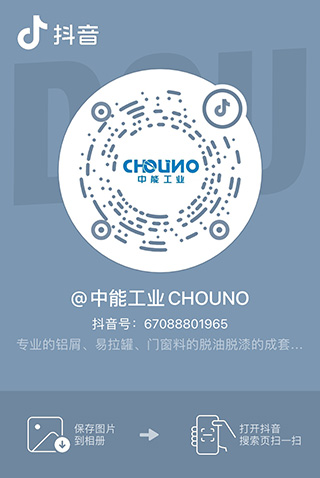打開抖音掃一掃


Every day, we generate a significant amount of aluminum alloy waste, including cans, aluminum scraps and chips, and bottle caps. These wastes are often contaminated with paint and plastic emulsions. Directly input them into the furnace would result in excessive smoke and flames. The current dust removal equipment is unable to effectively address these issues over an extended period of time, leading to reduced service life of the equipment and increased burning loss of waste aluminum resulting in substantial slag production. Therefore, it is imperative that we employ specialized equipment for degreasing, de-painting, and preheating these wastes prior to their melting into the furnace. hence, we need specialized equipment that can de-oiling, de-coating and preheat these wastes before they are put into the furnace. Paint removal is the process of removing paint, ink, paper, plastic and oil from metal surfaces in order to improve recyclability. In this process, we usually use aluminum as the base material, but different aluminum products may have different kinds of coatings. The key to this step is the decomposition of these composite coatings into organic volatiles through high-temperature treatment in a low-oxygen environment, which are then suck into the combustion chamber through a circulating fan to incinerate the volatile organic compounds. The heat released during the combustion of organic compounds and oils is used to remove mineral oils or other volatile substances attached to aluminum chips or other treatments in rotary kiln. In order to treat the waste efficiently, we need to ensure that the waste enters the rotary kiln in a fragmented form and has the appropriate surface area/volume ratio to ensure adequate contact and minimal processing time. Ideally, the waste feed should consist of a single fragment or fragment with a surface area/volume ratio. The size and shape of the pieces should be easy to transport to the kiln. In addition, we also ensure that the surface of the waste is clean and free of complex structures or attachments, as well as the removal of any foreign matter, dust, sand and other substances to prevent wear or blockage of the equipment.
In summary, de-coating is a key process that can greatly improve the recovery rate by pre-treating coated aluminum waste before it is put into the furnace, which also helps to reduce environmental pollution problems, achieve emission standards, and finally extend the life of the dust removal equipment.

打開抖音掃一掃

